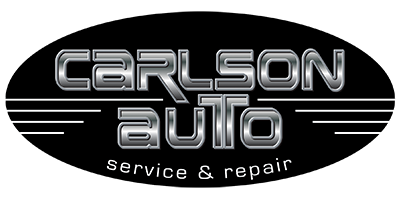
Engine oil is responsible for carrying out a number of important engine related duties. Oil helps to reduce friction against the engine. The older the oil gets, the dirtier it becomes. As it becomes dirty it loses its friction-reducing capabilities. Oil is equally important in that is reduces the engine’s operating temperatures. Frequent oil changes ensure that your vehicle’s engine has a steady supply of clean engine oil. Clean engine oil that flows better and absorbs engine related heat. Oil also helps to increase engine lubrication, which in turn prolongs the longevity of your engine and its internal parts. It also helps to prevent engine sludge. Lastly, it removes engine wear particles. Small pieces of metal flake off from the engine parts and get picked up by circulating engine oil. Old oil can get loaded with particles and can cause build up within the engine and major damage.
Synthetic oil was originally developed as a lubrication alternative for high-performance racing engines. However, recently is it has been common use for all car owners. Synthetic oil is similar to traditional petroleum-based motor oils and the two can be used interchangeably. There are some advantages to using synthetic oil though. Synthetic oil has a greater lifespan, meaning it does not need to be changed as often as traditional motor oil. This is because synthetic motor oil is both slower to decompose chemically and less susceptible to evaporation over time. Synthetic oil is highly recommended in warmer temperatures because it flows more easily and performs better with higher temperatures.
If you are using traditional petroleum motor oil, it is recommended that you get your oil changed every 3,000 miles or 3 months, whichever comes first. If you are using synthetic oil, it breaks down much slower than normal oil. It is generally considered safe to extent the intervals between oil changes when using synthetic oil by up to 50 percent. Therefore, making for regular oil changes every 7,500 miles or 12 months. Many synthetic oils guarantee a life for up to 15,000 miles, but recommend an oil filter change after 12,500. Synthetic oils are engineered not to build up on engine components and some are designed to clean engines as they lubricate.
When inspecting the vehicle, you can tell if the oil needs to be changed based on looking at the oil dipstick. To do this, you need to pull the dipstick out and check for the oil level. If the oil level is below the marked spot on the dipstick then getting your car in for an oil change is important. You may also notice a light on your dashboard that will resemble an oilcan. If you notice this light, you should have your oil level looked at immediately. If you are not sure how often to have the oil checked, contact us, and we can provide a schedule for your vehicle.
